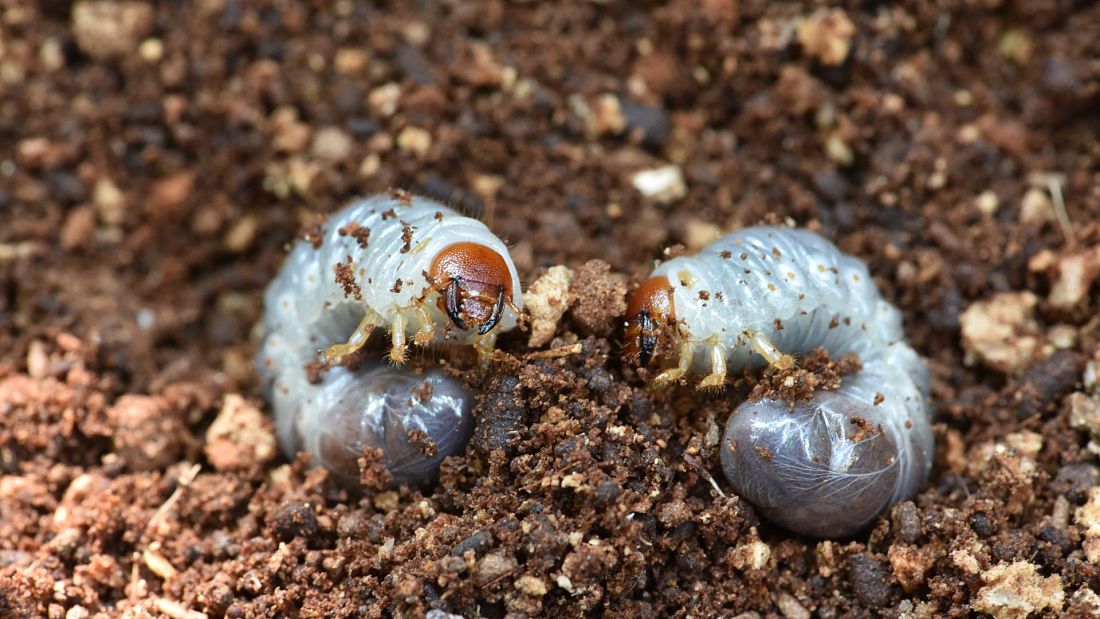
Sustainable Mushroom Coffins
Mushroom coffins are made from mycelium, the vegetative part of fungi. The mycelium is grown around a mold of the desired shape and then dried, forming a sturdy, biodegradable material that can be used as an alternative to traditional coffins. These coffins are available in various shapes and sizes and can even be customized to suit individual preferences.
The coffin is designed to decompose quickly and enrich the soil. When buried, the mycelium in the coffin will break down organic matter, including human remains, into nutrients and minerals that nourish plants. It can also improve soil quality by breaking down toxic chemicals and pollutants in the soil, making it healthier for future growth.
Benefits Compared to Traditional Coffins
Reduced Carbon Emissions: Traditional coffins made of wood and metal are known to produce large amounts of carbon emissions during production and transportation. On the other hand, sustainable mushroom coffins are made of natural materials and require less energy to manufacture, resulting in lower carbon emissions.
Cost-effectiveness: Sustainable mushroom coffins are also more cost-effective than traditional coffins. While traditional coffins can be expensive due to the use of expensive materials and the cost of labour, mushroom coffins are much cheaper to produce, making them more affordable for families looking for sustainable alternatives.
Sustainable Use of Natural Resources: Sustainable mushroom coffins are also better for the environment because they utilize renewable natural resources and do not require harmful chemicals or pesticides to grow. Additionally, they help reduce the waste generated from traditional burial practices.
Composting Human Remains
Human compost is converting human remains, such as bones and tissue, into nutrient-rich soil using the same principles of composting used to fertilize gardens. It involves placing the body in a container filled with organic material like wood chips, straw, or sawdust. Oxygen and moisture encourage decomposition, resulting in nutrient-rich soil that nourishes plants.
Human compost is a more sustainable option than traditional burial and cremation practices. Traditional burial practices involve embalming fluids containing harmful chemicals that can seep into the soil and water supply. Conversely, cremation requires large amounts of energy to burn the body, which contributes to carbon emissions.
Human compost produces significantly less carbon emissions than traditional burial and cremation practices. Unlike cremation, human composting does not require high levels of energy use. Instead, the decomposition process occurs naturally, requiring only minimal energy input.
Human compost produces nutrient-rich soil that can be used to grow plants, trees, and other vegetation. This helps to replenish the soil and promote healthy plant growth.
The use of compost from human remains also helps prevent soil erosion. This is because compost has properties that help to retain moisture and reduce runoff, which can help prevent soil erosion.
If you are interested in using sustainable death practices like sustainable mushroom coffins and human compost, it is important to research and find a provider that offers these options in your jurisdiction. Discussing these options with your loved ones is also important so that your wishes can be honoured when the time comes.
While death is a reality for all of us, we can still make choices that positively impact the environment even after we are gone. By choosing sustainable death practices, we can make a more meaningful contribution to the planet, leaving behind a legacy of environmental consciousness and stewardship.
Source Happy Eco News







